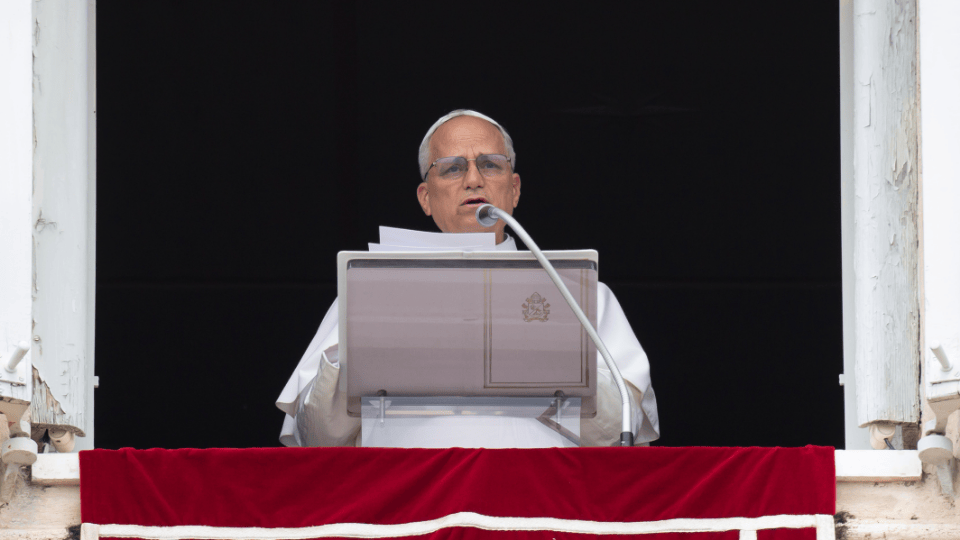The Pope and the President: United for Peace
In 1984, the Vatican and the United States officially established diplomatic relations, marking a pivotal moment in history. Pope John Paul II played a crucial role in fostering the relationship between the two states, with shared values of peace and human dignity.
EWTN’s Senior Vatican Analyst, Francis X. Rocca, who has covered the Vatican since 2007, shares insights on the significance of this alliance. “John Paul II was elected in 1978,” Rocca explains. “The next year, in 1979, he returned to his native Poland, drawing crowds of up to 13 million people. He called for political self-determination, setting the stage for the Solidarity Movement. Then, in 1980, Ronald Reagan was elected president, and he too supported Solidarity. This convergence of leadership certainly helped promote the closeness that eventually led to diplomatic relations in 1984.”
Historical Challenges in Establishing Relations
Despite the natural alignment between the Vatican and the U.S., formal relations were delayed for two key reasons. Rocca elaborates: “First, there was a traditional anti-Catholic sentiment in the U.S., a historically Protestant country, leading to suspicion of the Pope as an international figure. Secondly, there was a constitutional concern regarding the separation of Church and State, with many apprehensive about formal relations with the head of the Catholic Church, which they saw primarily as a religious institution rather than a nation-state.”
Nevertheless, in 1984, the Senate confirmed William A. Wilson as the first U.S. ambassador to the Holy See, and Archbishop Pio Laghi was appointed as the first Apostolic Nuncio to the U.S.
A Relationship Rooted in History
While 1984 marked the beginning of formal diplomatic ties, the relationship between the U.S. and the Vatican dates back much further. Laura Hochla, the current Chargé d’affaires of the U.S. Embassy to the Holy See, explains, “Since the founding of our republic, the U.S. has maintained consular relations with the Papal States, and it wasn’t until 1984 that formal diplomatic relations were officially established.”
To commemorate 40 years of this historic partnership, the Vatican unveiled a special postage stamp featuring the coat of arms of both the Vatican and the U.S., symbolically tied together by ribbons in the papal colors of yellow and white, and the American red, white, and blue. “We wish to commemorate the history of our relationship with the Holy See, with the hope of strengthening and continually expanding our partnership,” Hochla notes.
A Global Partnership for Human Dignity
Today, the U.S. and the Holy See collaborate on various global issues, including the protection of migrants and refugees, interreligious dialogue, environmental conservation, and conflict resolution—most notably in Ukraine.
Cardinal Fernando Vérgez Alzaga, President of the Governorate of Vatican City State, emphasizes the importance of this partnership: “For the Vatican City State, this cooperation means being fully committed to defending the human dignity and rights of each person, protecting freedom, promoting justice, and defending the truth.”
Hochla echoes this sentiment: “The protection of human rights, the promotion of social justice, and the protection of democratic processes—both in the U.S. and globally—form the foundation of our cooperative relationship, one that continues to grow stronger.”
Adapted by Jacob Stein







